Adoption of IoT Devices
The proliferation of Internet of Things (IoT) devices is significantly influencing the End-Point Visibility Market. As organizations increasingly integrate IoT technologies into their operations, the number of endpoints requiring monitoring and management continues to rise. By 2025, it is projected that there will be over 30 billion connected devices, creating a complex landscape for IT security. This surge necessitates advanced visibility solutions to ensure that all devices are secure and compliant with organizational policies. Consequently, businesses are investing in endpoint visibility tools that can effectively manage and monitor these diverse devices, thereby enhancing their overall security posture.
Increasing Cybersecurity Threats
The End-Point Visibility Market is experiencing heightened demand due to the increasing frequency and sophistication of cyber threats. Organizations are compelled to adopt advanced visibility solutions to safeguard their endpoints from potential breaches. In 2025, it is estimated that cybercrime will cost businesses over 10 trillion dollars annually, underscoring the urgency for robust endpoint security measures. As cyber threats evolve, the need for comprehensive visibility into endpoint activities becomes paramount, driving investments in technologies that enhance threat detection and response capabilities. This trend indicates a growing recognition among enterprises of the critical role that endpoint visibility plays in their overall cybersecurity strategy.
Growing Awareness of Data Privacy
The rising awareness of data privacy issues is a significant driver for the End-Point Visibility Market. Consumers and organizations alike are becoming more conscious of how their data is collected, stored, and used. This awareness is prompting businesses to implement stronger endpoint visibility measures to protect sensitive information. In 2025, it is anticipated that data privacy technology spending will exceed 15 billion dollars, reflecting the urgency for organizations to enhance their visibility capabilities. By investing in endpoint visibility solutions, companies can better safeguard personal data and build trust with their customers, thereby aligning with evolving privacy expectations.
Regulatory Compliance Requirements
The End-Point Visibility Market is also driven by stringent regulatory compliance requirements across various sectors. Organizations are mandated to adhere to regulations such as GDPR, HIPAA, and PCI DSS, which necessitate comprehensive visibility into endpoint activities. Failure to comply with these regulations can result in substantial fines and reputational damage. As a result, companies are increasingly investing in endpoint visibility solutions to ensure they meet compliance standards. In 2025, the compliance technology market is expected to reach 12 billion dollars, reflecting the growing importance of visibility in maintaining regulatory adherence and mitigating risks associated with non-compliance.
Shift Towards Cloud-Based Solutions
The transition to cloud-based solutions is reshaping the End-Point Visibility Market. As businesses migrate their operations to the cloud, the need for effective endpoint visibility becomes critical to manage security across diverse environments. Cloud services are projected to grow at a compound annual growth rate of 22% through 2025, indicating a robust demand for visibility tools that can operate seamlessly in cloud environments. This shift necessitates solutions that provide real-time monitoring and management of endpoints, ensuring that organizations can maintain security and compliance in an increasingly decentralized IT landscape.


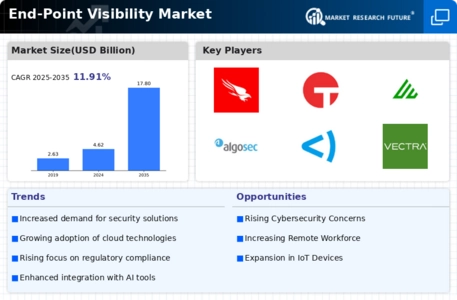
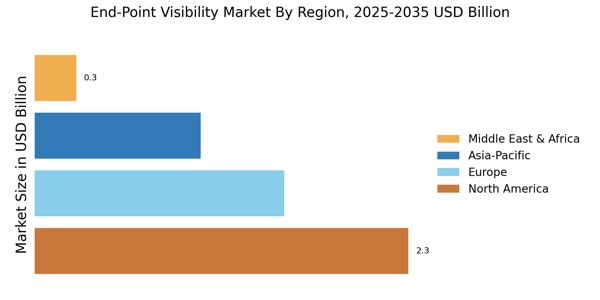
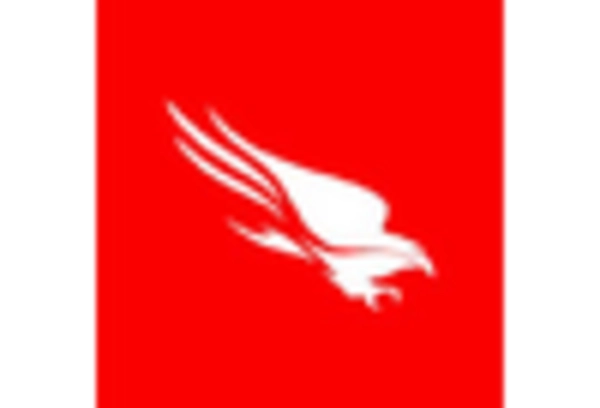



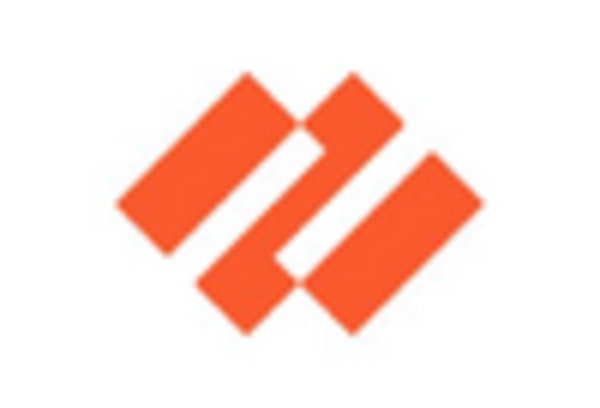

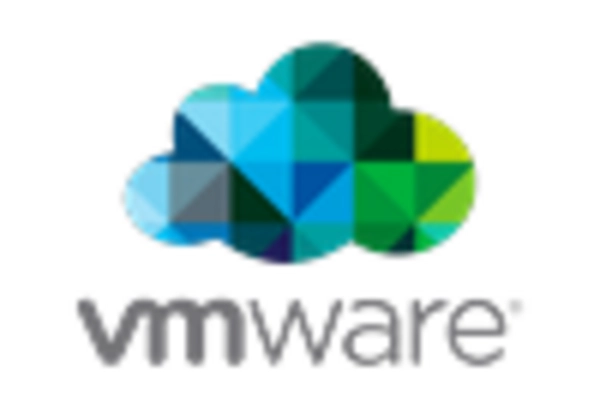








Leave a Comment